The Best Eco Ski Resorts To Book Now

It’s not easy being green…
The Resort
The southernmost fell area in Finland, Syöte is home to two ski resorts (Iso-Syöte and Pikku-Syöte), and a national park, so there’s no shortage of activities to keep you busy. Iso-Syöte ski area has 17 well-groomed pistes and 10 lifts, while Pikku-Syöte has nine easy slopes, perfect for beginners and families, and a Fun Park. Away from the slopes, try dog-sledding, snowmobiling, snow-shoeing or hire a fat bike to explore snowy routes through frosted trees.
The resort is part of Visit Finland’s Sustainable Travel Finland programme, which helps to develop sustainable practices. So far their work includes a strict recycling programme (alongside the efficient incineration of non-recyclable waste), using local ingredients in restaurants and encouraging other local businesses to join sustainable green programmes.
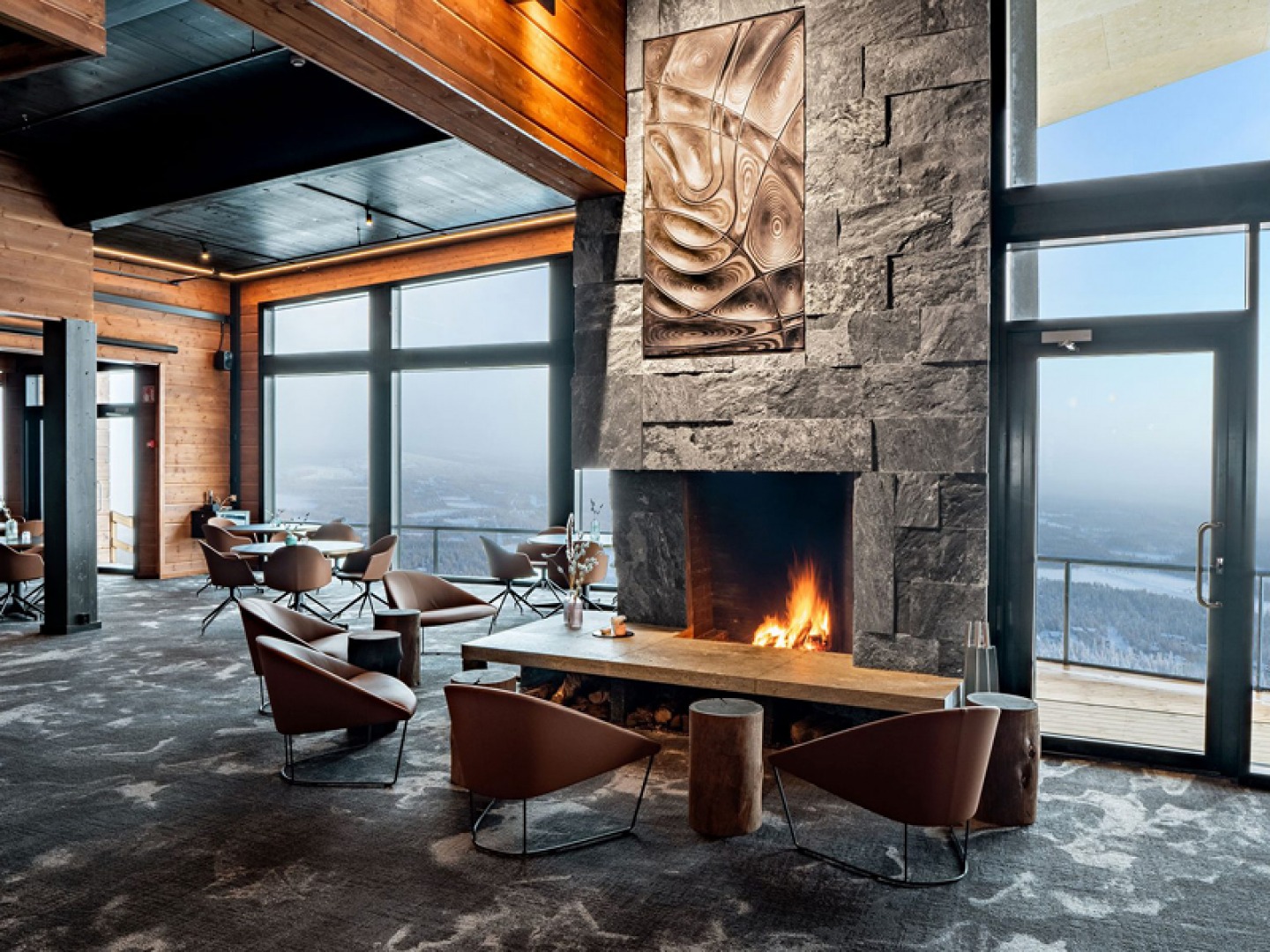
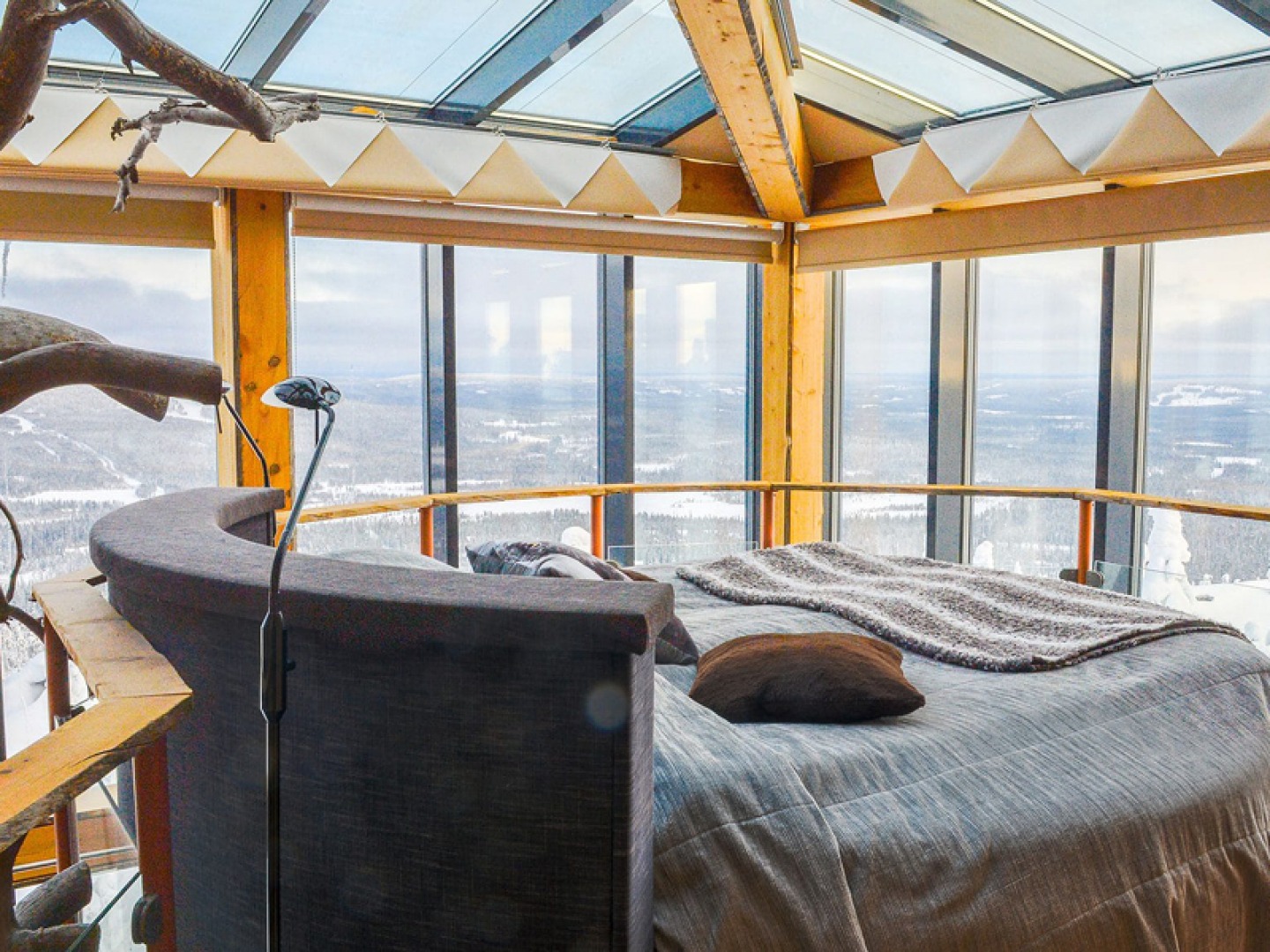

Where to Stay
Hotel Iso-Syöte stands proudly on the hill top, and offers rooms, suites and log cabins with panoramic views wherever you turn. Options include Aurora View suites (with large windows at the foot of your bed, and outdoor hot tubs) and charming Fell Top cottages beside the slopes. For the ultimate views, choose the glass-roofed Eagle View suite, where the round double bed is perched in the branches of a tree which grows through the middle of the space.
The hotel has its own power plant which uses waste wood from a local sawmill to produce all the energy needed for heating the hotel (and the hot tubs). Eco-friendly LED lights are automatically controlled (so they’re only on when they’re needed).
As it’s hard to produce good quality beef and pork in the Finnish climate, you’re encouraged to order local reindeer meat in the hotel’s Restaurant Hilltop, where the menu combines international flavours with local mushrooms, meat, berries and other delicacies.
The Resort
Consistently ranked among the best mountain resorts in the world, Whistler Blackcomb is part of Vail Resorts, which in 2017 stated its ambition to reach a zero net operating footprint by 2030 – that means zero net emissions, zero waste to landfill and zero net operating impact on forests and habitats. It’s a bold ask, but yearly progress reports indicate they’re going in the right direction.
The PEAK 2 PEAK gondola is a must-do when you’re here. Not only does it connect the two mountains of Whistler and Blackcomb, it runs over the top of a micro hydro renewable energy plant which returns the equivalent of Whistler Blackcomb’s entire annual demand to the grid each year.
The season here runs from November to April (or even May), and with reliably deep powder and stunning scenery, there’s a reason people return again and again.
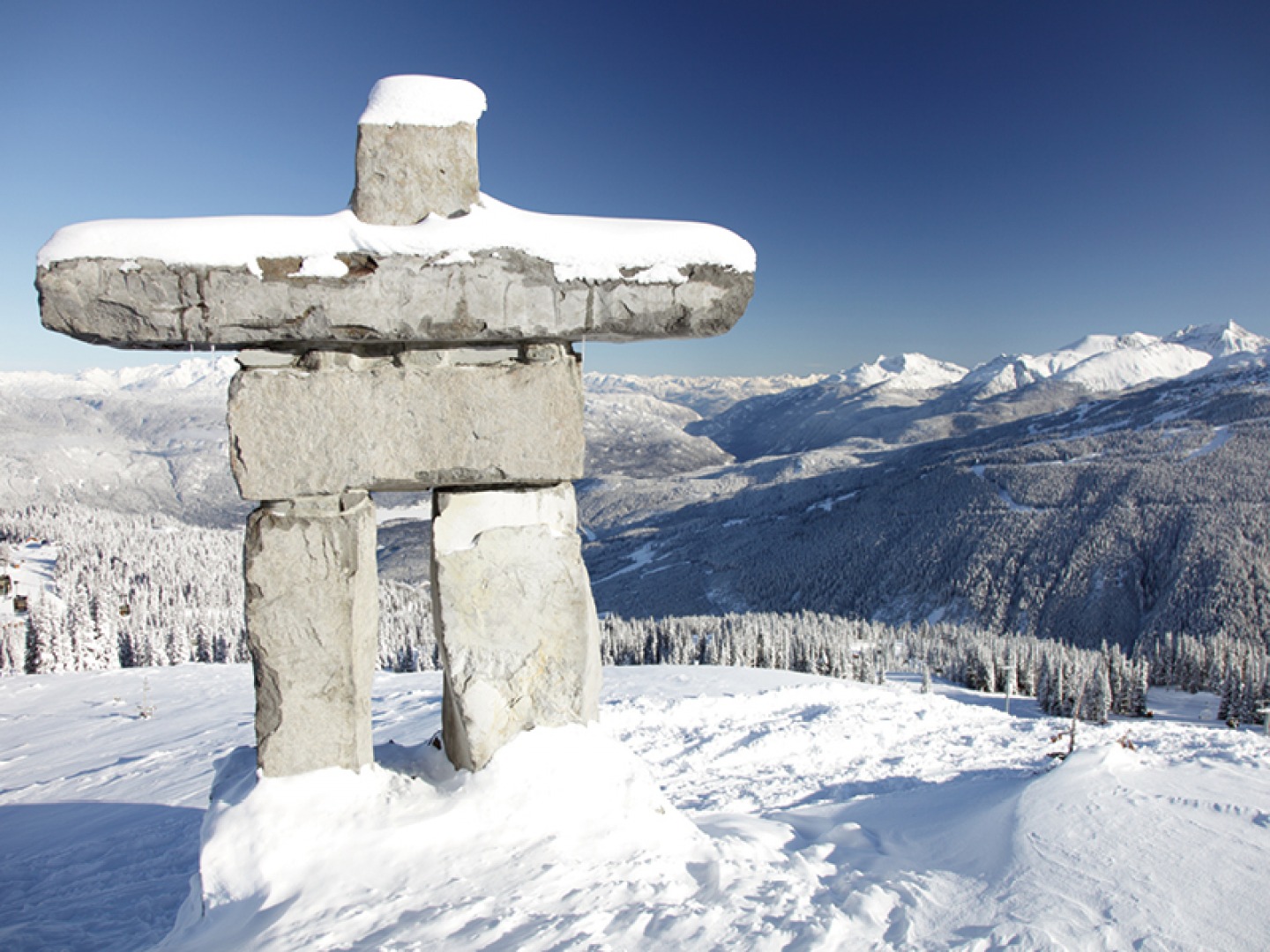
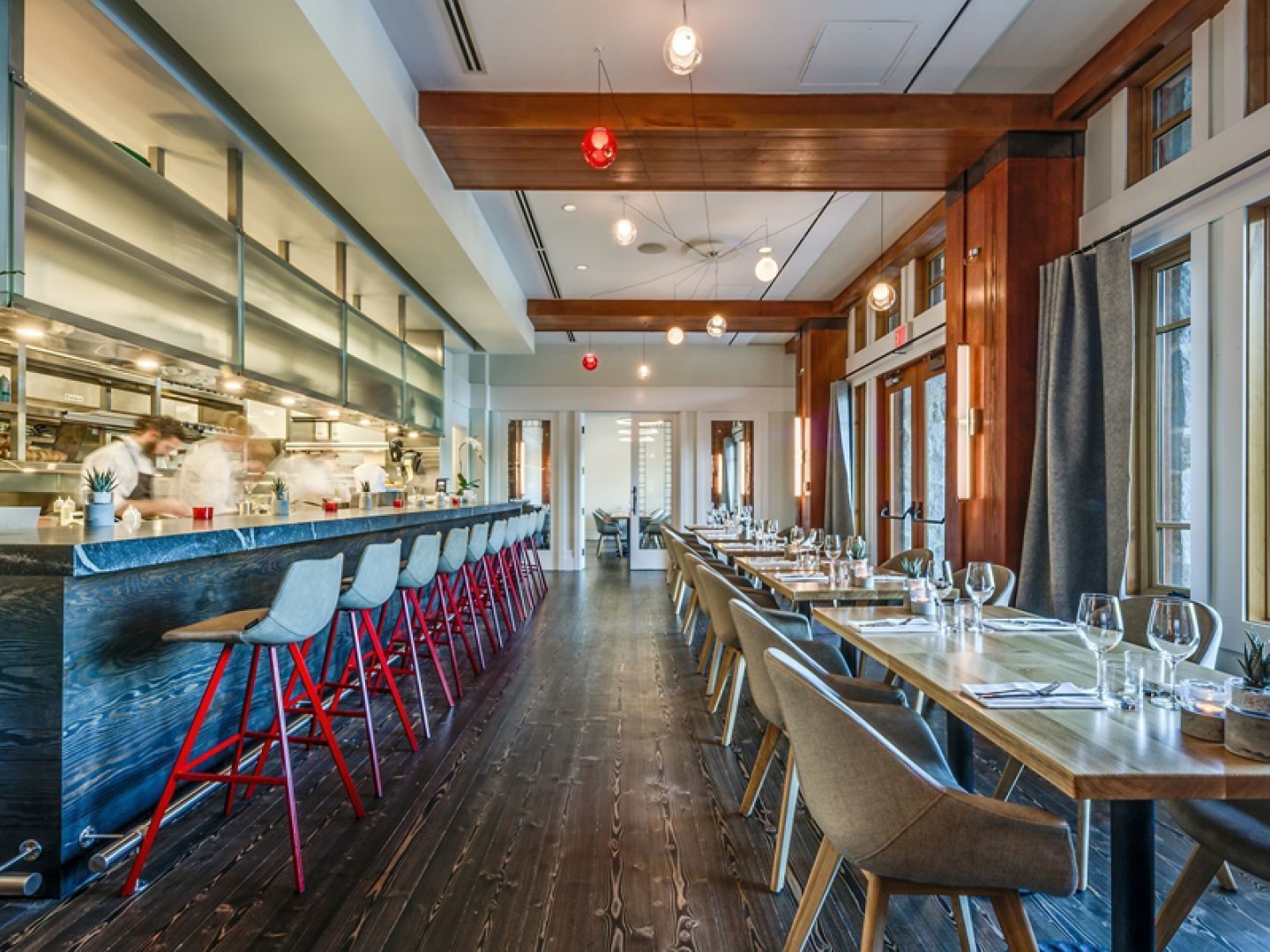
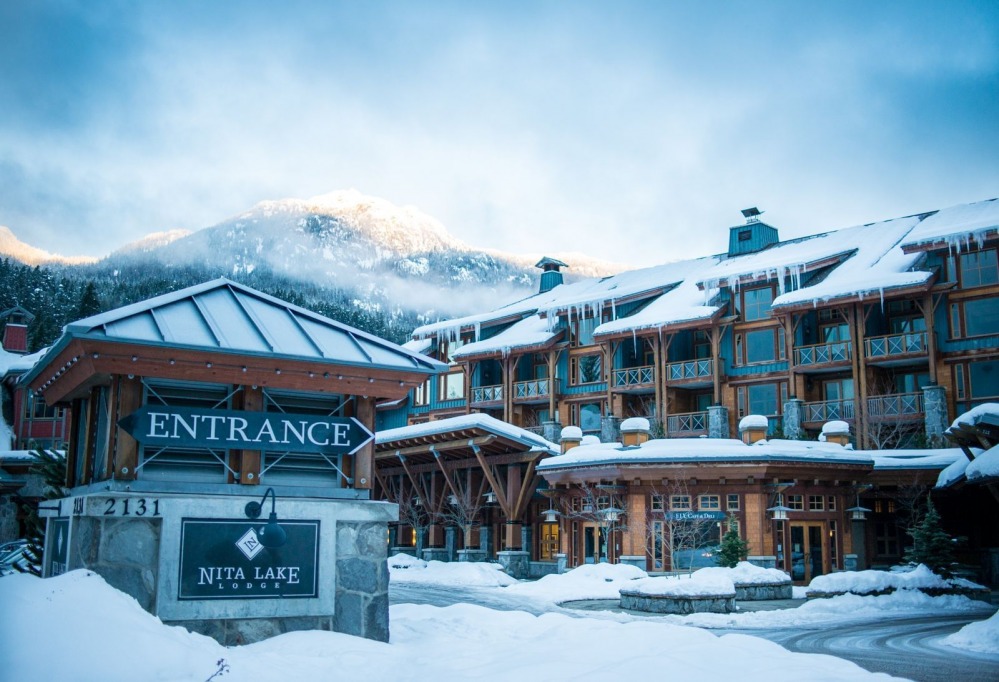
Where to Stay
Down in the pedestrianised Whistler Village centre there’s an abundance of hotels, apartments, restaurants and bars to keep you busy once the lifts have closed for the day. Nita Lake Lodge in Creekside is far enough from the hustle and bustle to feel like a real escape, but just 500 metres from the Creekside gondola and a short walk or shuttle ride from Whistler Village.
The hotel has made great strides with green initiatives, from providing complimentary charging stations for electric vehicles to using geothermal energy to heat and cool the property. Their luxurious spa is also part of a PPE recycling programme, and their rooftop garden (which grows herbs and vegetables for their kitchens) is served by an eco-friendly irrigation system.
The Resort
Ischgl is well-known as a resort which offers both top-quality skiing and an unbeatable après scene. It’s also got a great snow record – most of the ski area is above 2,300 metres, and there’s a connection with Samnaun which allows you to ski between Austria and Switzerland on a single pass.
They’ve made great strides to reduce greenhouse gas emissions here (including through use of renewable energy sources, geothermic heating and use of local meat in restaurants, cutting down on transport emissions), and a tree-planting programme has seen more than 10,000 trees planted in the area over the last few years.
They’ve also balanced out their unavoidable emissions through established climate protection projects, and can now say that their lift operations are fully climate neutral.
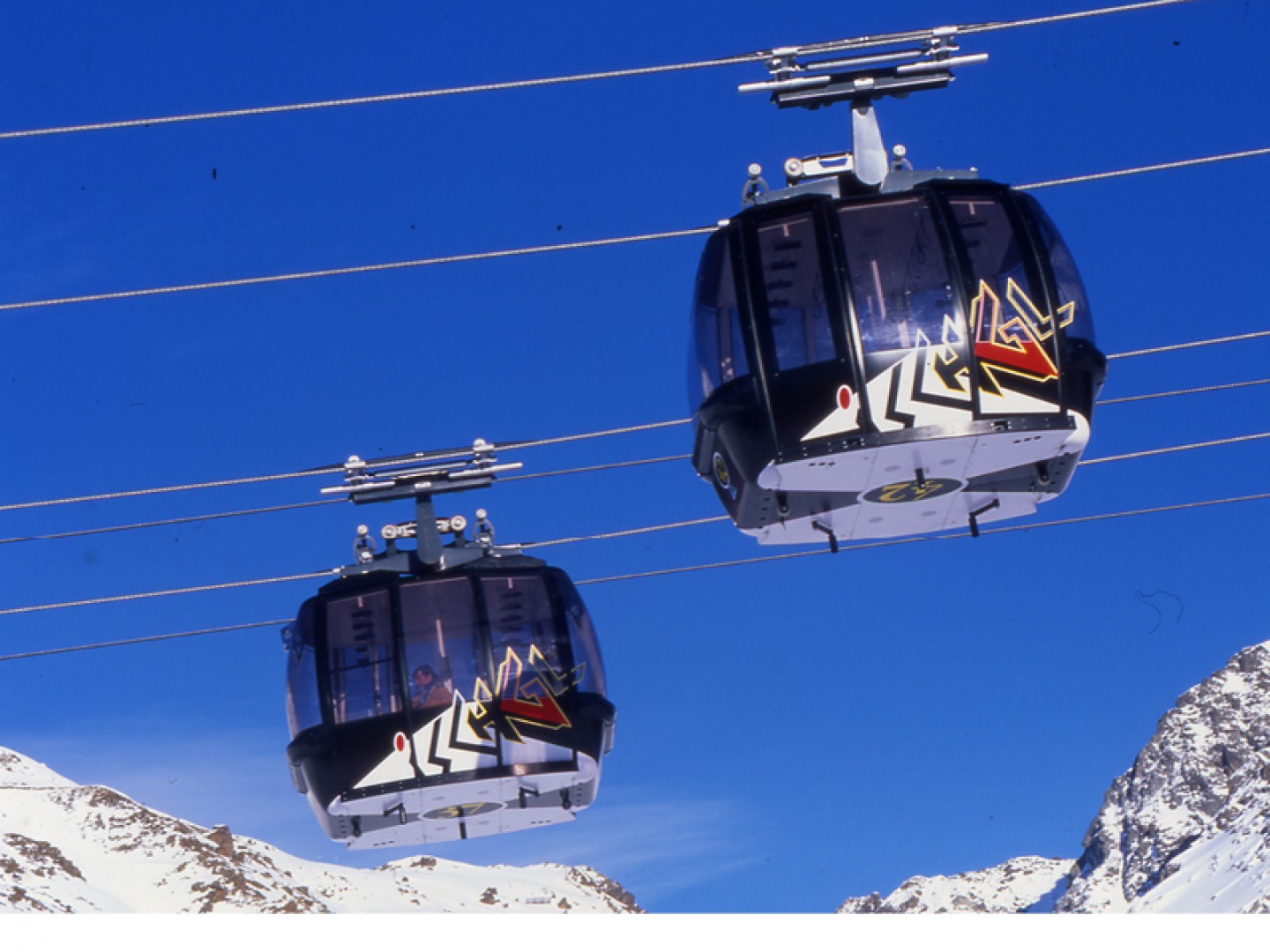

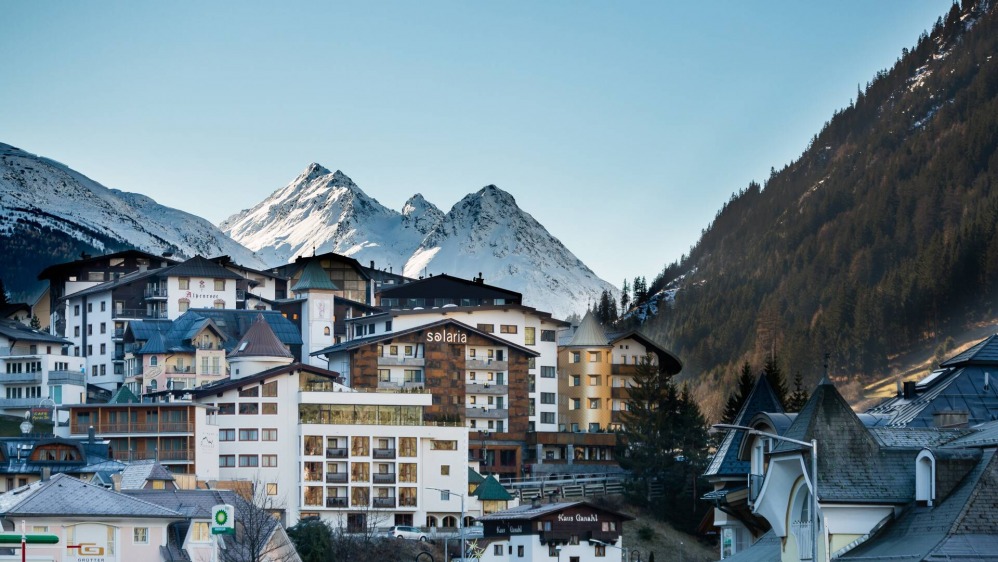
Where to Stay
Expect a warm Austrian welcome at the family-run Hotel Solaria, a four-star option in a quiet location just two minutes from the Pardatschgrat lift. The hotel bar is decorated in the style of a traditional Alpine lodge, and themed dinners throughout the week allow you to sample lots of Tirolean and Austrian dishes.
The traditional elements here belies the fact that this hotel has been awarded the Austrian Environmental Award for Tourist Accommodation, with initiatives including ecologically sound cleaning products, solar thermal panels for hot water, and recycling more than 80 percent of their waste. There are good spa facilities too, including an indoor pool, sauna, steam room and gym.
The Resort
Laax has 224 kilometres of piste, 28 lifts and four snowparks, and its height (mostly between 2,000–3,000 metres) means it’s one of Switzerland’s most snow-sure resorts.
Its green credentials are just as impressive: a ‘Greenstyle foundation’ is a not-for-profit dedicated to preserving and protecting the environment here, through initiatives including promoting environmental education and research; reducing hazardous emissions; promoting renewable energies and protecting ecosystems. Previous projects funded by the foundation range from a free clothes repair service during the winter season (to reduce clothing going to landfill), to providing educational courses for children, and preserving ecologically valuable fruit trees in the area.
The resort is powered by 100 percent CO2-neutral energy (including energy from solar systems on the mountain), with plans in the pipeline to create a wind farm on the Vorab glacier.
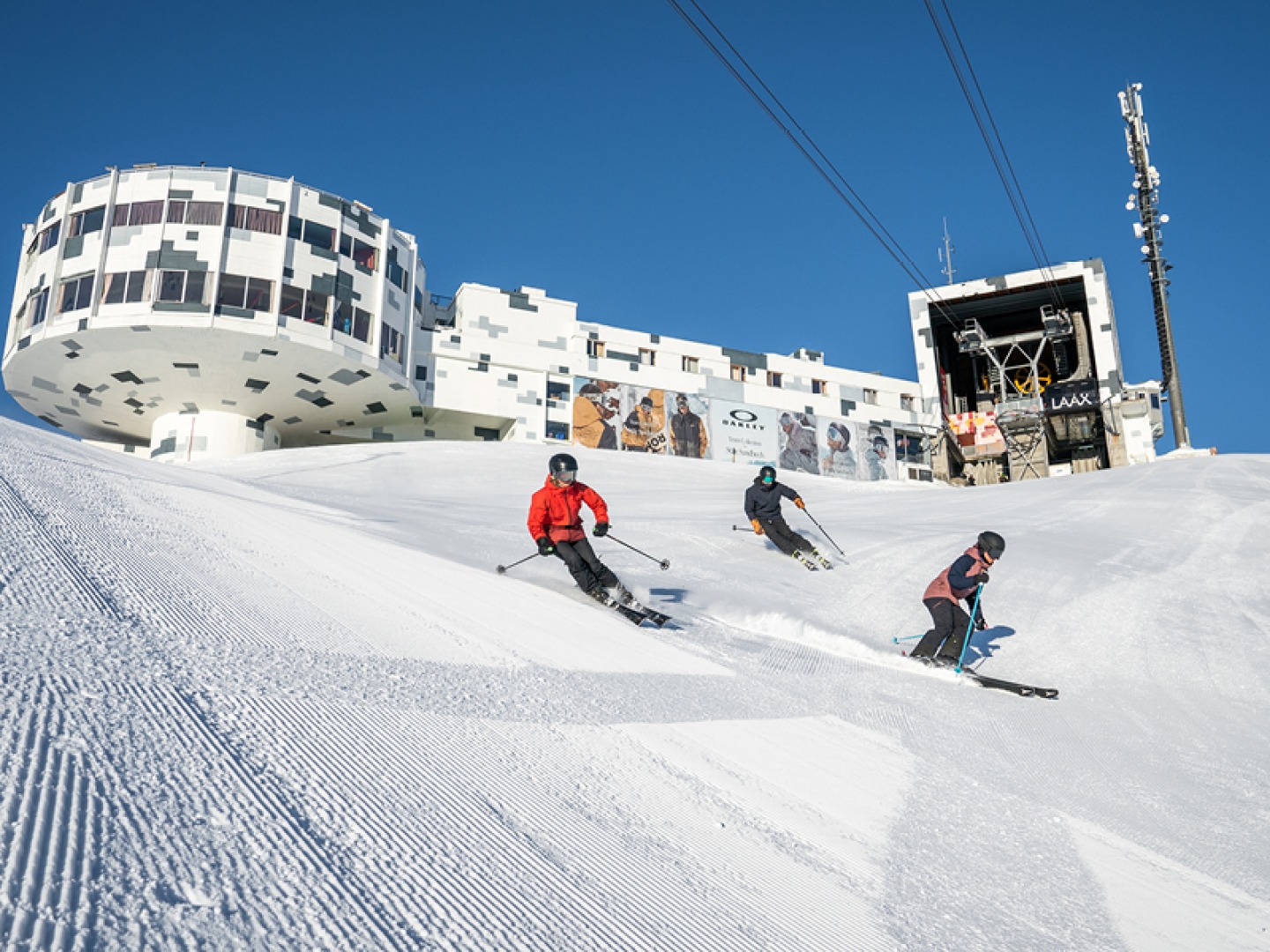


Where to Stay
A previous winner of the award for the ‘World’s Best Green Ski Hotel’, Rocksresort is a hotel with a difference. Set right at the Laax valley lift station, you really couldn’t be any closer to the action, and as well as double and single rooms there are apartments available for four, six or eight people.
A member of Design Hotels, bedrooms here are lined with untreated solid oak, with walls and floors made of lime and concrete. There are various restaurants, bars and shops on site, and the whole, vast complex is heated with renewable energy.
Their electricity comes from regional hydropower; seasonal, sustainable cuisine is a must; waste is separated for recycling; and even the employees’ uniforms are selected with sustainability at the fore.







